Hello and welcome to miamiatz! We have loads of business opportunities for you daily and everyday. It’s great to have you here with me. Today I will take you through meat export business opportunities in Tanzania. As usual it’s me again Kessy Juma taking you through this discussion.
Last week we discussed timber export business opportunities. The discussion was excellent and I think you should take a minute or two to read it.
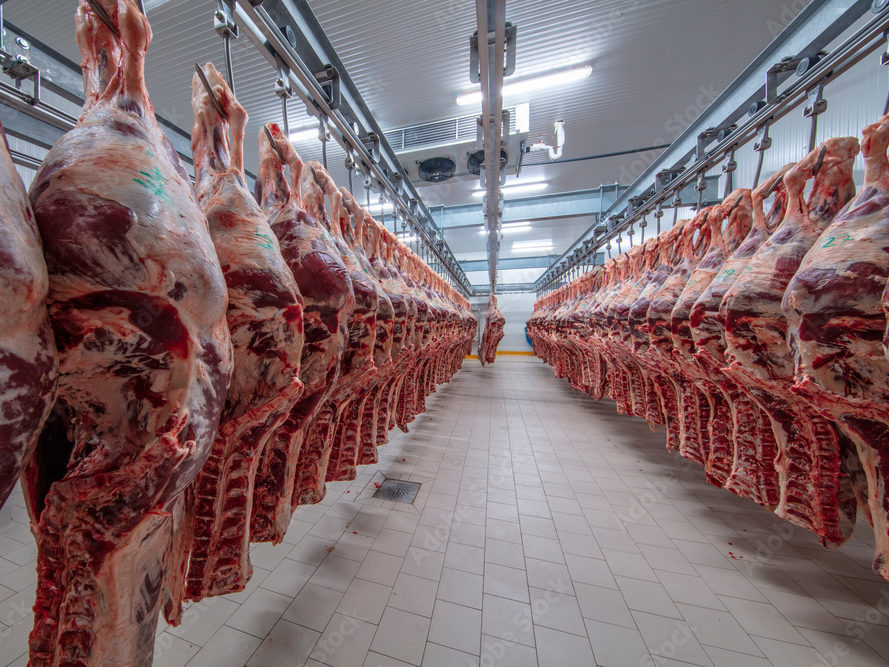
To export meat from Tanzania, you need to have a valid meat export business license. You also need certificates and permits from other regulatory authorities including Tanzania Meat Board (TMB). Read the complete list of Requirements to Export or Import Meat Products from/to Tanzania
1. Introduction
Lets start the discussion with introduction of the meat industry/sector in Tanzania
Tanzania has a population of 33.9 million cattle. It’s the second country in Africa with highest population of cattle. The first being Ethiopia with a population of 60.4 million cattle. Tanzania produces 1,056 million pounds (479 million Kgs) of beef. It’s the second largest producer of beef in Africa. The first being South Africa which produces 2,278 million pounds (1,033 millions Kgs) of beef. The country also has population of 24.5 million goats, 8.5 million sheep and 87.6 million chicken. This is from a FAO report of 2020.
Tanzania exported 5,362.9 tons of meat worth 22,442,111.96 U.S. dollars between July 2021 and January 2022 which is an increase of 200 percent.
2. Products with highest export potential
Okay, so what are the meat products with highest export potential?
Beef, goat and lamb/sheep meat have the highest potentials of export because they are comparatively cheap in Tanzania compared to the rest of the countries in the world.
2.1 Beef
Good quality beef costs Tshs 15,000/= equivalent to US $6.4 in Tanzania. The same quality beef costs SAR 34 equivalent to US $9.3 in Saudi Arabia. Beef price in US $ is 10.00 in Romania, 10.53 in Egypt, 10.56 in Jordan, 10.56 in Costa Rica, 10.57 in Hungary, 10.75 in Bulgaria, 10.91 in Tunisia, 10.92 in Kuwait, 11.74 in Qatar and 12.82 in Singapore.
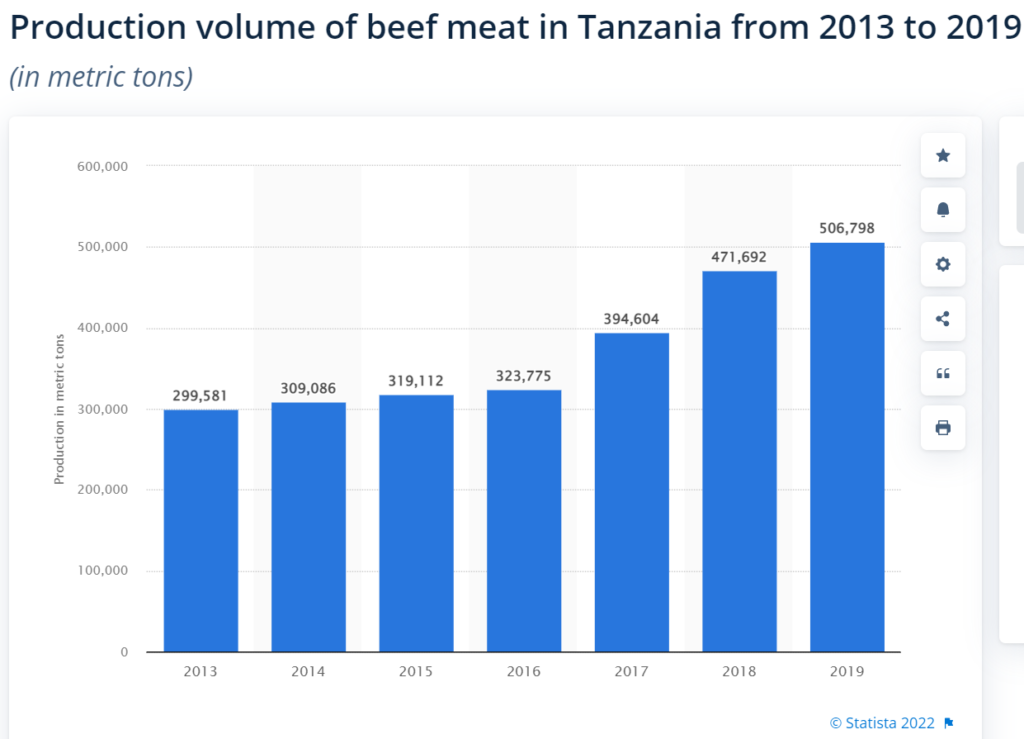
2.2 Goat
The average price of mature female goat is Tshs 65,000 for a grade two goat, Tshs 45,000 for grade three goat. Meanwhile the price of mature male goat is Tshs 80,000 for grade two goat and Tshs 50,000 for grade three goat.
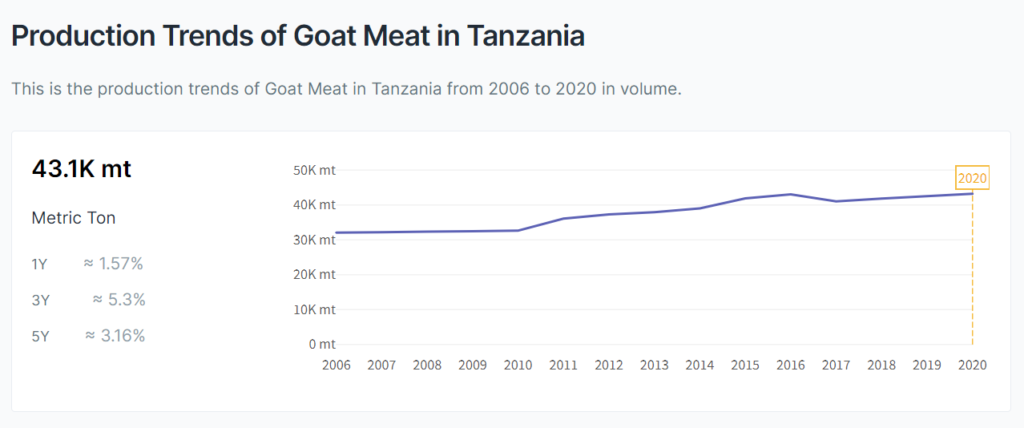
2.3 Lamb/Sheep
The average price of mature sheep ranges from Tshs 70,000 to Tshs 90,000 per sheep. The prices spikes during Eid festivals due to a sharp increase in goats and sheep demand from the Muslim community who tends to give charities by slaughtering sheep or goat or even cattle and other animals.

The following is a sample retail price of a whole lamb carcass in Oman. This Oman Rial 22.8 is equivalent to Tshs 138,000 for a lamb of 7 to 9 kgs. This averages between Tshs 15,300 and Tshs 19,700 per kg.
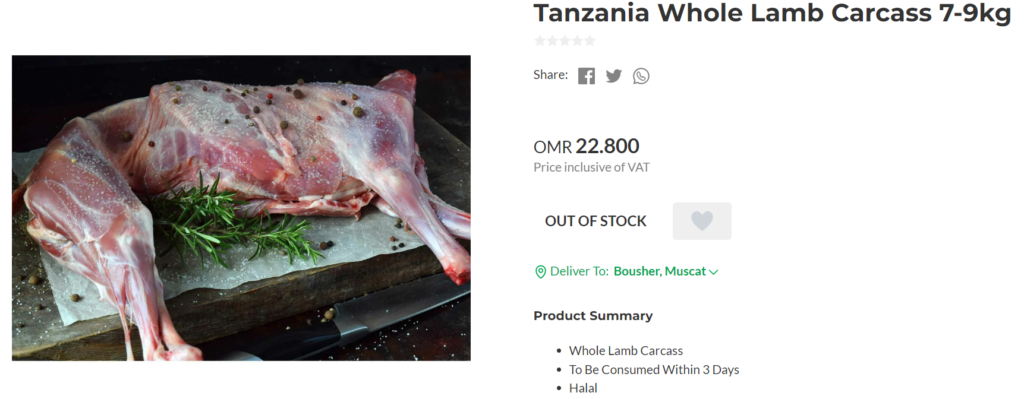
3. Suppliers of export quality meat in Tanzania
You can get export quality meat from major meat companies like Eliya Foods Overseas Ltd located in Longido Arusha.
4. How to start meat export business in Tanzania?
The steps you might consider worth following in starting your meat export business in Tanzania are:
4.1 Do Your Research and Make a Thorough Plan
Don’t start any business in Tanzania without a thorough research. It is expensive to do research but it is more expensive to enter this market blindly. You can hire us to do the research. Click here to get in touch with us.
A thorough research is needed in the whole chain of the business from supply side to the demand side.
What do you have to research about?
(i) Feasibility and viability of the meat export business from Tanzania
Get retail and wholesale prices of meat products in various countries and compare that with the retail and wholesale price in Tanzania. We can help you get this information at very reasonable fee.
(ii) Best country to export meat from Tanzania
Around 90% of the exported meat products from Tanzania go to UAE (United Arab Emirates) and Oman. Do you want to export to the same countries? Or do you want to export to different countries? We may be of help in this, get in touch with us.
(iii) Best entry strategy in a foreign market
When you plan to sell in a foreign country, it’s important to consider the several models that you can use to enter in that market. Those models include opening a branch, setting up a local company in the foreign country, entering into a partnership or joint venture with a local business in the foreign country, selling direct to customers in the foreign country, etc.
(iv) Best customers to whom you can export meat from Tanzania
There are several customers with interest in Tanzania meat. Those customers ranges from hospitality companies to trading companies. The best way to find best customers to export meat to is to start with prospecting and profiling of potential customers.
(v) Best meat products to export from Tanzania
What will you export? Cuts or carcasses? Processed or unprocessed? Choice of the product will obviously depend on the outcome of your research on the previous four areas.
(vi) Availability of the product
Where will the product come from? Can you get reliable supplies? Can you get quality products consistently? How far are suppliers from your proposed facility location?
Your research has to come up with answers to these and similar questions. We can assist in framing the best research questions that need to be answered before pursuing this opportunity.
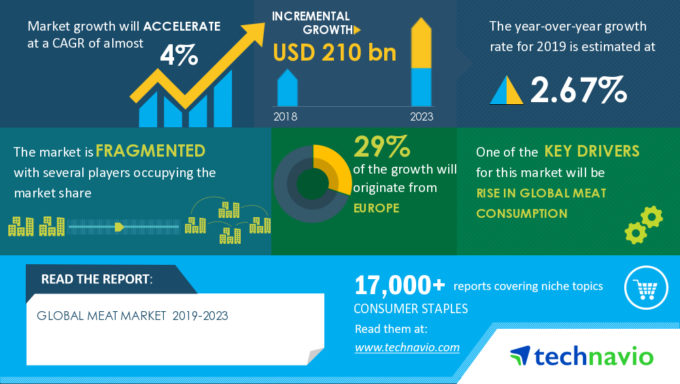
Lets see a sample business plan for meat export business
Never start a business without a plan. A meat export business plan helps you to anticipate future goals, assemble facts, identify constraints and create an action statement. It sets forth specific objectives and implementable timetable and milestones. It lays down the strategy for entering or expanding into targeted markets which is critical to your success. Obviously we have more experience and we can do the plan for you at a negotiable fee. I have prepared the structure of key issues you should focus on while preparing your plan as follows:
Part I: Export Policy Commitment Statement
Part II: Situation or Background Analysis
- Product/Service for Export
- Export License (if needed)
- Personal Export Organization
- Products/Services to be Exported
- Products that Qualify Under Free Trade Agreements (FTAs)
- Resources Outside the Company
- Industry Structure, Competition, Demand Operations
- Export Control Compliance
- Product Classifications
- Resources Inside the Company
Part III: Marketing Component
- Identifying, Evaluating, and Selecting Markets
- Product Selection and Pricing
- Distribution Methods
- Internal Organization and Procedures
- Sales Goals (Profit and Loss Forecasts)
- Terms and Conditions
- Pricing with Consideration of Duties, Taxes
- Freight Costs, and Logistics Included
Part IV: Tactics—Action Steps
- Primary Target Countries
- Indirect Marketing Efforts
- Quarterly Accomplishments
- Secondary Target Countries
Part V: Export Budget
- Pro-forma Financial Statements
- Marketing Materials
- Travel
- Website Enhancements
- Trade Show Visits
- Other Costs
Part VI: Implementation Schedule
- Follow-up
- Periodic Operational and Management Review (Measuring Results against the Plan)
Addenda: Background Data on Target
- Basic Market Statistics (Historical and Projected)
- Background Facts
- Competitive Environment
4.2 Choose Your Business Model
How do you plan to conduct your business? Do you plan to make the products inhouse or just buy from local manufacturers and ship abroad?
In this article we assume that you just want to be a meat exporter not meat processor meaning that you will be buying from locally registered meat processors and abattoirs and ship abroad.
This is merely a meat trading business that involves buying from suppliers in one country and selling to customers in another country.
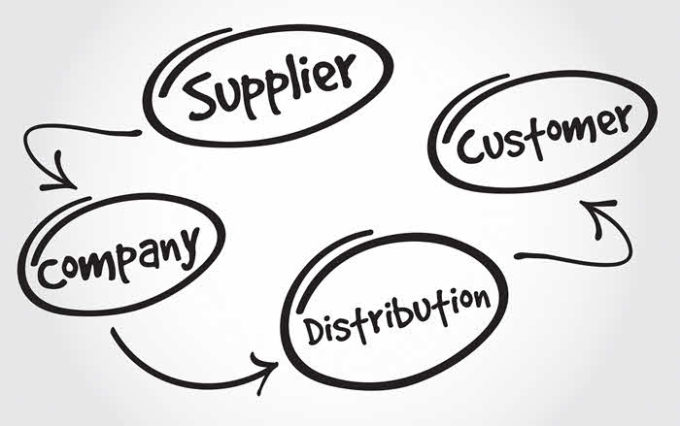
4.3 Find Ideal Premise for Storage and/or Processing of Meat Products
You need to get a premise that will meet regulatory requirements because meat sector is a regulated sector.
Based on the trading business model, the premise you need will mainly be storage facilities. Minor processes might be done in the place like sorting and repacking.
The layout, design, construction, siting and size of food premises are to:
a) permit adequate maintenance, cleaning and / or disinfection, avoid or minimise air-borne contamination, and provide adequate working space to allow for the hygienic performance of all operations.
b) be such as to protect against the accumulation of dirt, contact with toxic materials, the shedding of particles into food and the formation of condensation or undesirable mould on surfaces.
c) permit good food hygiene practices, including protection against contamination and, in particular, pest control.
For siting new premises, consider such factors as:
(d) suitability of the ground for building
(e) availability of services, especially power, drainage and potable water
(f) access / exit routes for vehicles delivering livestock or raw materials or transporting product and for staff transport
(g) need to dispose of animal by-products
(h) proximity to residential areas
(i) prevailing wind
Avoid locations close to, for example:
(j) environmentally polluted areas
(k) industrial activities that might present a risk of contamination (for example, chemical production)
(l) areas prone to flooding
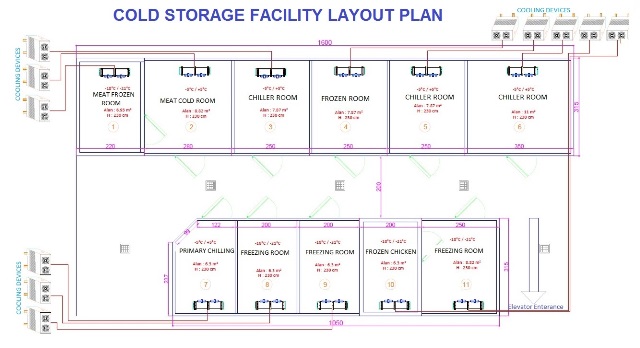
4.4 Register Your Business with Respective Authorities
A meat export business need to be registered with:
1. BRELA – Business Registrations and Licensing Agency registers companies, business names, trade marks, service marks, patents, industrial licenses, etc. The business can be formed as a company, proprietorship or a branch of a foreign company. We have an elaborate article that detail how to register business in Tanzania. Click here to open the article and follow the guide.
2. TRA – Tanzania Revenue Authority issues Taxpayer Identification Number (TIN) and Tax Clearance. Any business need to have a valid Taxpayer Identification Number (TIN) and Tax Clearance Certificate from TRA before seeking business license.
3. MIT – Ministry of Industry and Trade issues category A license which allows a trading beyond borders. The license should specify that it’s for meat export business.
4. TBS – Tanzania Bureau of Standards regulates food products to make sure that they meet specified standards. TBS will register the premise and the product that you want to export. NB: you can not export unregistered product.
The TBS standards for meat sector are:
(i) TZS 2416: 2020 – Lamb and mutton carcasses and meat cuts — Specification which prescribes the requirements, sampling and test methods for fresh and frozen lamb and mutton carcasses and meat cuts intended for human consumption. ICS: 67.120.10
(ii) TZS 2181: 2018 – Chicken meat (raw and spiced) — Specification which prescribes the requirements, sampling and test methods for raw and/or spiced chicken “Gallus domesticus” meat carcasses or cuts intended for human consumption. ICS: 67.120.20
(iii) TZS 997: 2016 – Fresh, chilled and frozen bovine meat (beef) — Specification which prescribes the requirements, methods of sampling, testing and grading of beef carcasses and meat cuts for human consumption. The standard also defines major portions of meat cuts from the carcasses. ICS: 67.120.10
(iv) TZS 458:2016 (2rd Ed) – Processed meat products – Code of practice which describes minimum requirements of hygienic conditions in the production, handling, packing, storage and transportation of processed meat products. ICS: 67.120.10
You need to buy all these standards and have a food processing expert at the facility as part of the TBS requirements.
Be sure to obtain technical advice on the design and construction of new food premises or the rebuilding, refurbishment and alteration of existing premises from suitably qualified and competent professionals.
(v) TMB – Tanzania Meat Board regulates the meat sector in Tanzania. It registers all manufacturers and traders of meat products and other stakeholders of the meat sector.
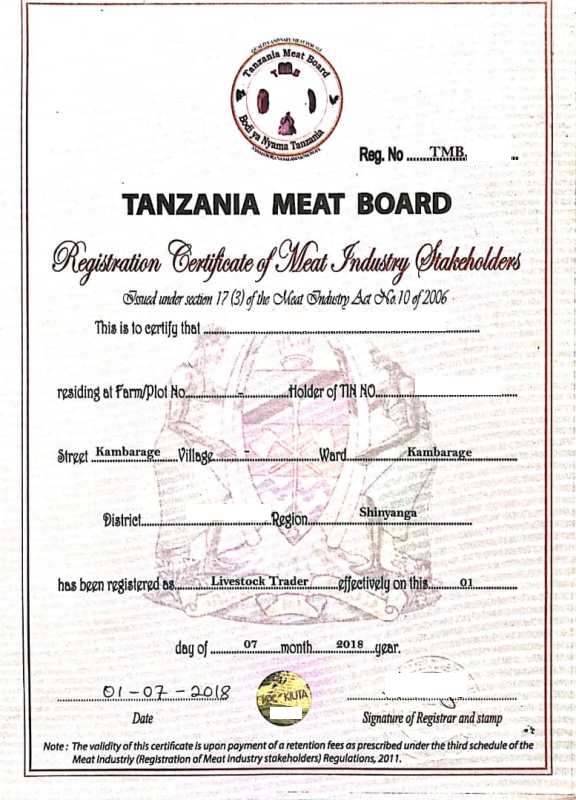
(vi) OSHA – Occupational Safety and Health Authority
(vii) FRF – Fire and Rescue Force
(viii) GCLA – The Government Chemist Laboratory Authority
4.5 Procure the Required Machineries and Equipment
The type and number of equipment and machineries needed for the business will vary depending on the type of product you want to export.
If you plan to export fresh carcasses, then the machineries and equipment needed will include:
=> Refrigeration machineries and equipment.
=> Cutting and sorting machineries and equipment.
=> Weighing equipment.
=> Rails and racks.
=> Storage containers or rooms.
If you plan to buy ready packed and ship, the machinery and equipment needed are mostly the same as above.
5. What are the procedures to export meat products from Tanzania?
Meat is a highly regulated product. One reason for the high regulation is because it’s a food product. The other reason is because of controlling diseases that can easily be transferred from the country of origin to the importing country. So make sure your meat export business has all the required permits and certifications.
- The prospective exporter should have Company registered in Tanzania by BRELA, or need to enter into joint venture with Tanzanian registered Company (Need to submit Company Registration Certificate)
- The exporter should be registered by the Tanzania Revenue Authority and hold Tax Identification Number (TIN) ,
- The prospective exporter should hold valid export license from Ministry of Industry and Trade charges TZS. 100,000/=
- The prospective exporters should register with Tanzania Meat Board as meat industry stakeholder. They should pay a fee of TZS. 150,000/= initially and retention fee of TZS. 102,000/= every year.
- The prospective exporter should obtain certificate of origin from Tanzania Chamber of Commerce and Agriculture at a fee ranging from TZS. 25,000 up to 55,000 depending of the volume of meat export.
- The exporter should obtain Certificate for safety and quality compliance for products from Tanzania Meat Board.
- The exporter required process export clearance Certificate from Tanzania Meat Board at 1% of F.O.B value of the exported meat
- The prospective exporter should apply to the Director of Veterinary Services for export permit attaching the following documents:-
- Veterinary health certificate from exporting country
- An Invoice
- Certificate for safety and quality compliance for products from Tanzania Meat Board
- Certificate of origin from the exporting country (TCCIA)
- A clearance certificate from Tanzania Meat Board
- The Director of Veterinary Services shall in turn issue a Veterinary Export Permit.
- NB: Different countries have different import requirements (e.g. Muslim countries will require certified Halal certificates). Slaughtering and processing should be undertaken in a registered and approved abattoirs only
6. Key Challenges Facing Tanzania Meat Sector
6.1 Breed
- Low genetic improvement extension coverage.
- Poor animal data recording system.
6.2 Feed
- Lack of sufficient grazing areas to meet the feed needs of the animals.
- Poor-quality grazing land resources.
- Inadequate knowledge on the use of crop residues and by-products.
- Limited availability of concentrates and feed supplements, when needed.
6.3 Health
- Poor animal health extension services.
- Inefficient animal health services.
- Inadequate supplies and qualities of vaccines and drugs.
- Poor control of drugs and supplies.
6.4 Marketing and processing.
- Poor market infrastructure.
- Poor technical knowledge of value chain actors, especially processors and technicians.
- Inadequate market information.
- Poor linkages between producers, processors and export abattoirs.
6.5 Policy
- Absence of a breeding policy.
- Loss of land to alternative investments outside livestock.
- A lack of protective trade policies.
7. What the Government of Tanzania Can Do to Improve the Livestock Sector – Recommendations
7.1 Overarching policy frameworks
Given the duality of livestock production in Tanzania, with large market-oriented producers operating alongside small and subsistence producers, and formal markets operating alongside informal markets, an overarching policy framework is needed to create an inclusive, holistic, innovative, productive, and profitable livestock sector, that is also environmentally sustainable and promotes further involvement of women and youth.
7.2 Regulation
A nimble but clear and health conscious regulatory environment will be critical to ensure that a flourishing livestock sector maintains high safety, quality, and welfare standards, produces nutritious food, preserves environmental sustainability, and protects producers’ and consumers’ health.
7.3 Private sector–led development
A viable private sector, including farmer and herder organizations, will facilitate increased investments, and drive growth, job creation, and entrepreneurship in the livestock sector.
7.4 Finance and livestock assets
Despite its significant contribution to agricultural and national gross domestic product (GDP), the livestock sector in Tanzania remains heavily underfunded.
Financing common goods such as animal health, animal improvement, and research creates a strong foundation upon which both market-oriented and subsistence livestock sectors can prosper.
7.5 Trade
There is great potential to increase the intra-African trade of livestock products and live animals through strong partnerships that improve trade flows across the continent.
7.6 Data and research
Availability and access to comprehensive and good quality information and data on all aspects of the livestock sector, including breeding, is critical for facts-based policy design.
7.7 Conflicts
Conflicts between pastoralists and crop farmers can be reduced by focusing on a holistic approach to supporting all stakeholders’ livelihoods, including a robust network of support services adapted to the mobile livelihoods of pastoralists.
7.8 Ruminants
As the country strive to meet the increasing demand for meat, milk and dairy products, productivity needs to be sustainably increased factoring in animal and human health aspects while using new technologies and breeding instead of growing herd sizes.
7.9 Poultry
Employment and entrepreneurship opportunities in the poultry sub-sector are particularly attractive for young people and women due to the relatively small capital investment and land ownership needs and should be supported through targeted government programs.
7.10 Dairy
Tanzania’s dairy sector offers a multitude of opportunities for employment generation and entrepreneurship along its entire value chain. There is the opportunity for Tanzania to specialize in dairy production and to become key trade partner within Africa.
 Kessy Juma is the founder of Miamia Trading Company (miamiatz). He is a Techpreneur with roots in accountancy. He believes that any business is good as long it caters the right market using the right strategy. |






